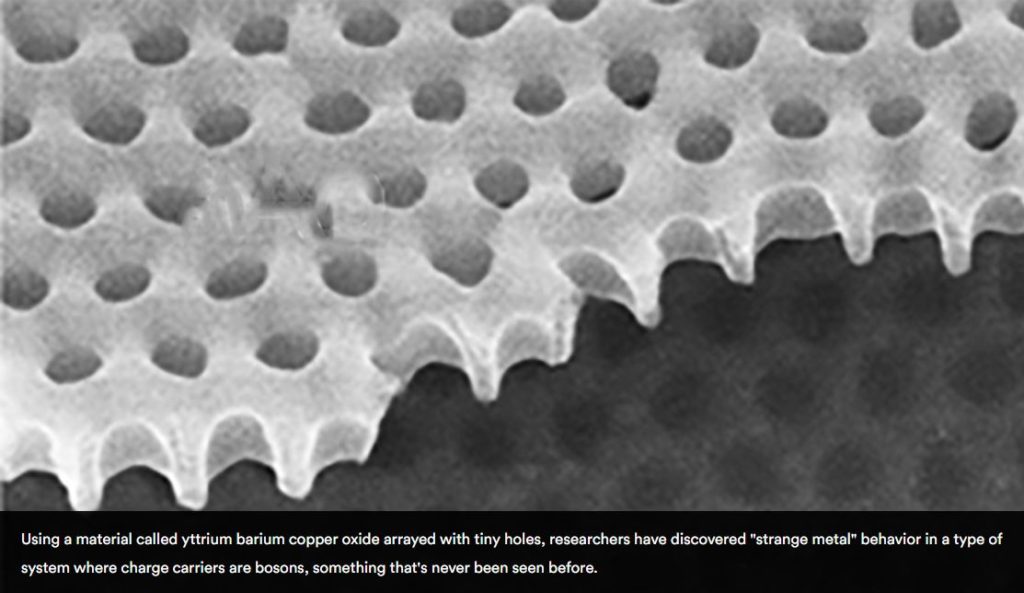
Long before researchers discovered the electron and its role in generating electrical current, they knew about electricity and were exploring its potential. One thing they learned early on was that metals were great conductors of both electricity and heat.
And in 1853, two scientists showed that those two admirable properties of metals were somehow related: At any given temperature, the ratio of electronic conductivity to thermal conductivity was roughly the same in any metal they tested.
This so-called Wiedemann-Franz law has held ever since — except in quantum materials, where electrons stop behaving as individual particles and glom together into a sort of electron soup.
Experimental measurements have indicated that the 170-year-old law breaks down in these quantum material...
Read More







Recent Comments